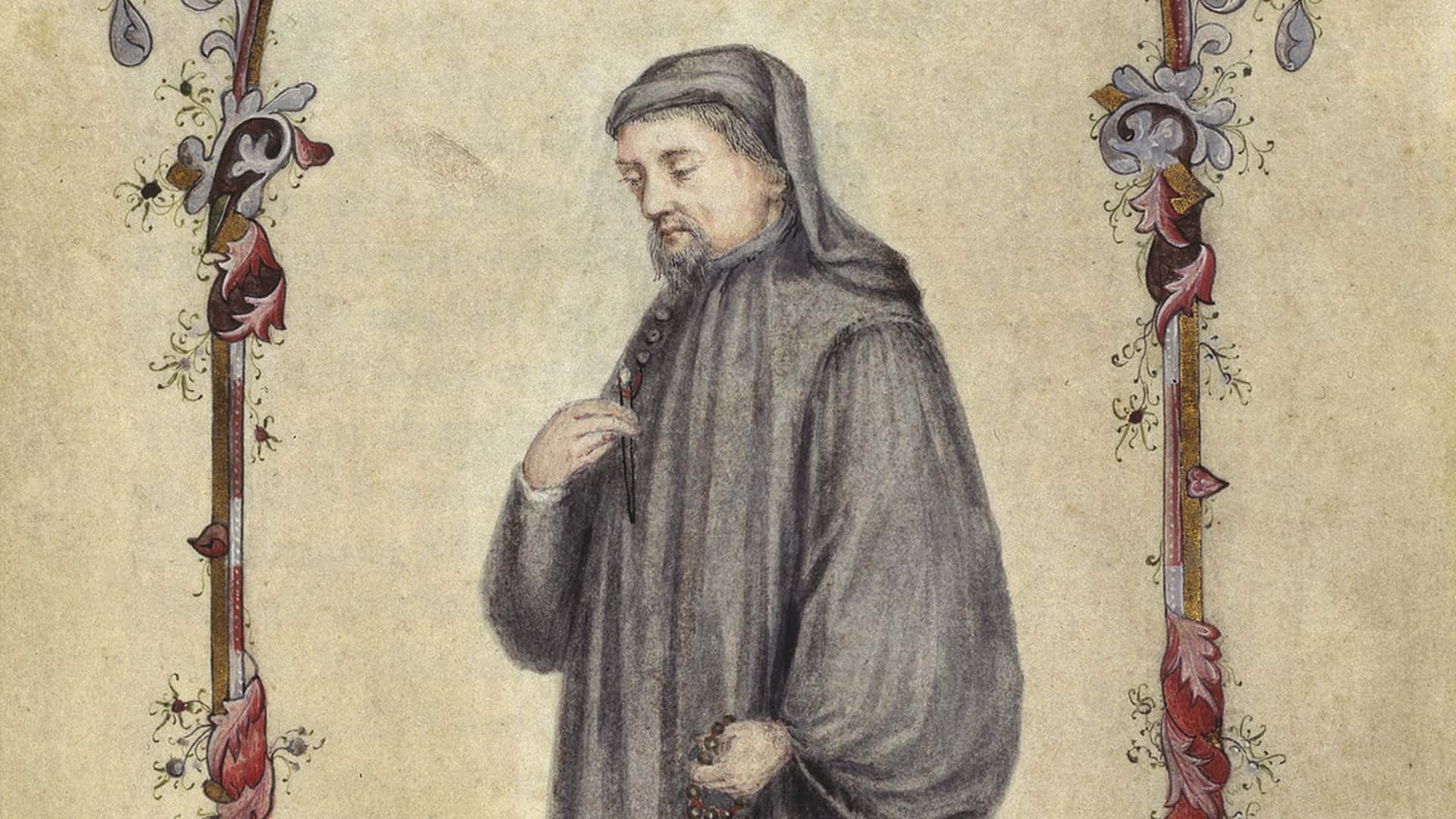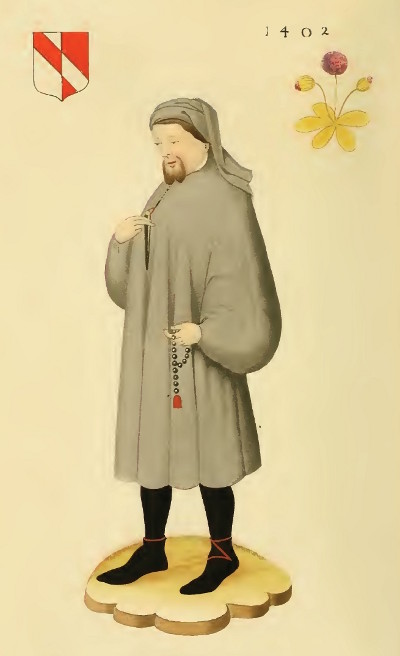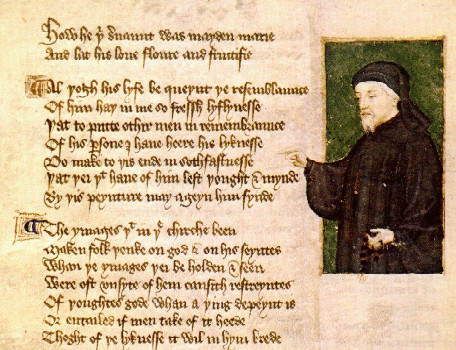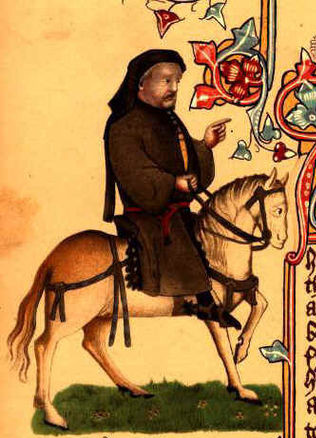
Portraits of Geoffrey Chaucer

Dan Chaucer, as he is termed by some of our older writers, is the popular representative of the earlier period of English poetry; indeed he may be considered The Poet, par excellence, of the English Middle Ages. In spite of the antiquated character of his language, the Canterbury Tales will never cease to be generally read. Yet, as has been the case with many other great literary characters in ages when society was but half formed, in spite of his great fame, which was already established during his life time, many of the most important parts of his life are covered with mystery. We have no memorials left of his birth or of his parents, and the rank or condition of the latter has been a subject almost as much disputed as the celebrated question of the birthplace of Homer. The date of Chaucer's birth has been placed in the year 1328; we have his own authority for stating that it took place in London.
The place of his education has also been a matter of controversy, but from some expressions in his works it seems probable that he studied in Cambridge. It is said that he afterwards entered at the Temple; and his old biographer and editor Speght, informs us that there was there a record of his having been “fined two shillings for beating a Franciscan frier in Fleet Street.” In the records of the reigns of Edward III and Richard II, we find evidences of his having held various employments under the government, and entries of many payments to him from the exchequer. In the forty-eighth year of the reign of the first of these monarchs, he had a grant of a pitcher of wine daily during his life. Two years before this he had been sent by the king as envoy to Genoa. He returned to England imbued with a taste for the beauties of the Italian poets—for poetry then flourished in Italy. He died on the twenty-fifth of October, 1400.

There are preserved several different portraits of Chaucer. His disciple Occleve caused a picture of him to be painted at the beginning of a manuscript of his book De Regimine Principis, which he presented to Henry V. Under the drawing he inscribed the following stanza:
Although his life be queint, the resemblance
Of him that hath in me so fresh liyelines,
That to put other men in remembraunce
Of his person, I have here the likenes
Doe make, to the end, in soothe fastnes,
That they that of him have lost thought and mind
By this peiuture may againe him find.

Copies of this portrait are found in one or two MSS. of Occleve's book; and one of them was engraved to illustrate Tyrwhitt's edition of the Canterbury Tales. A different picture, representing the poet on horseback, is given in Todd's Illustrations of Gower and Chaucer, from a MS. now in the library of Lord Francis Egerton. In this portrait, the face is good, but the body is remarkably ill proportioned. The one we now give is preserved on a single leaf of vellum in the British Museum, MS. Additional No.
The resemblance which these different portraits bear to each other leaves no room to doubt that the likeness is correct.
Source for text and first illustration: Dresses and Decorations of the Middle Ages, Volume 1 by Henry Shaw F.S.A. (1843)
Featured image: British Library, CC0, via Wikimedia Commons









